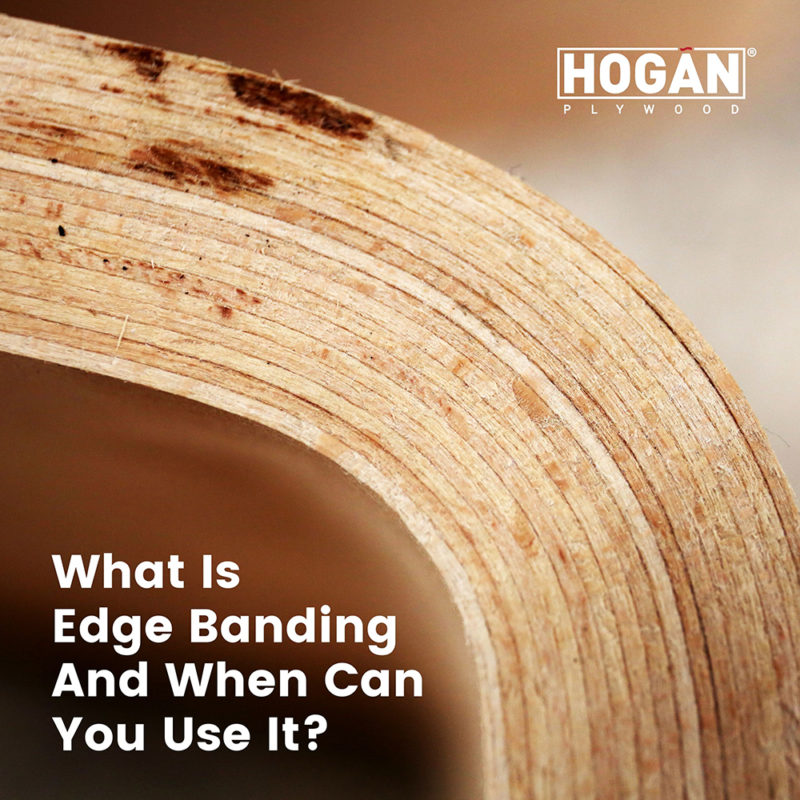When you are looking at an aesthetically made piece of furniture or cabinet, what you do not want to see is rough or unfinished edges. But when you are using plywood or blackboard, it is very likely that you will see edges where the grain and finish do not match the other sides. And sometimes, it is not the raw edges that are the problem but their fate calls for them to be hidden as a cabinet shelf or a woodworking project where function trumps come to an end. However, when aesthetics come at the top of our priority list, there is an easy solution for you: edge banding.
What Is Edge Banding?
There are a few ways you can use to do edge banding. One is to use a thin strip of veneer, with adhesive on the one side that wraps the raw and exposed sides of plywood or the blockboard. The other way to do edge banding is to use scraps of solid wood and apply it with some glue or by making a groove in the piece of wood it needs to fit. These bands can be made to correspond with the color of the piece of wood on which they will be applied. When applied with proper care, edge banding makes the entire plank look like a solid piece of wood.
However, there is one thing that can make the edge banding more visible. But unless anybody is going to take a magnifying glass and start inspecting the furniture in your house, it works just fine. That one thing is the difference between the directions of the grains on the wood. Each of these grains run in different directions, which is how you can tell the different types apart. Wood has three types of grains — grain, edge and end. Now to the trained eye or the untrained eye, the difference in the grain is not so outright that it becomes the focal point of your furniture. Apart from that, edge banding is a way better option than those raw or exposed edges.
When Can You Use Edge Banding?
There are two reasons carpenters use edge bending — durability and aesthetics.
Edge banding helps survive your furniture pieces and cabinets better. In fact, cabinets are the regularly moving pieces in homes so it affects their quality more than you think. Edge banding can withstand regular bumps, scrapes, and knocks much better than raw and unfinished edges.
More than durability, the most common reason carpenters and DIYers use edge banding is for the aesthetics. Regardless of whether you are exposed to the raw edges on the piece of furniture, having every side of it looking the same in terms of color and texture is important.
Check out the best plywood in Gujarat at www.hoganply.com and make the best furniture out of it.
Checkout Hogan’s range of plywood, https://www.hoganply.com/sample-page/
Checkout Hogan Blockboards, https://www.hoganply.com/product-category/hogan-blockboard/
Checkout Hogan Flush Doors, https://www.hoganply.com/product/hogan-doors/
Check out our other blogs, https://www.hoganply.com/blog/
Like us on Facebook: https://www.facebook.com/hoganplywood/
Follow us on Instagram: https://www.instagram.com/hogan_plywood/?igshid=x9ce46pij98f
